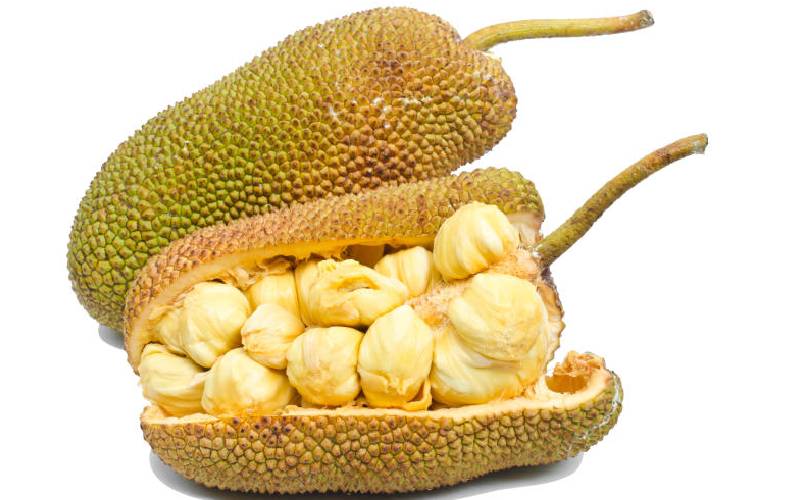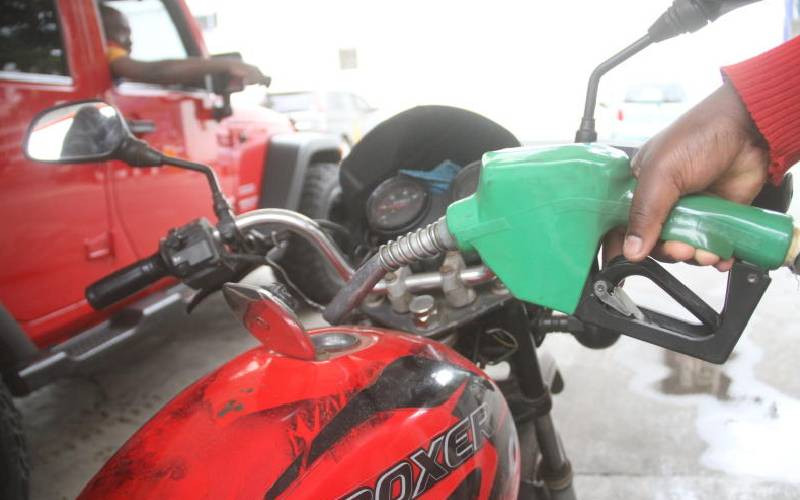×
The Standard e-Paper
Stay Informed, Even Offline

The jackfruit, popularly known as fenesi in Swahili is a favourite dessert especially in Busia county and the Coast, around Kwale.
According to Kenya Agricultural and Livestock Research Organisation (Kalro), about 65 per cent of jackfruits in Kenya are found in Busia County.







